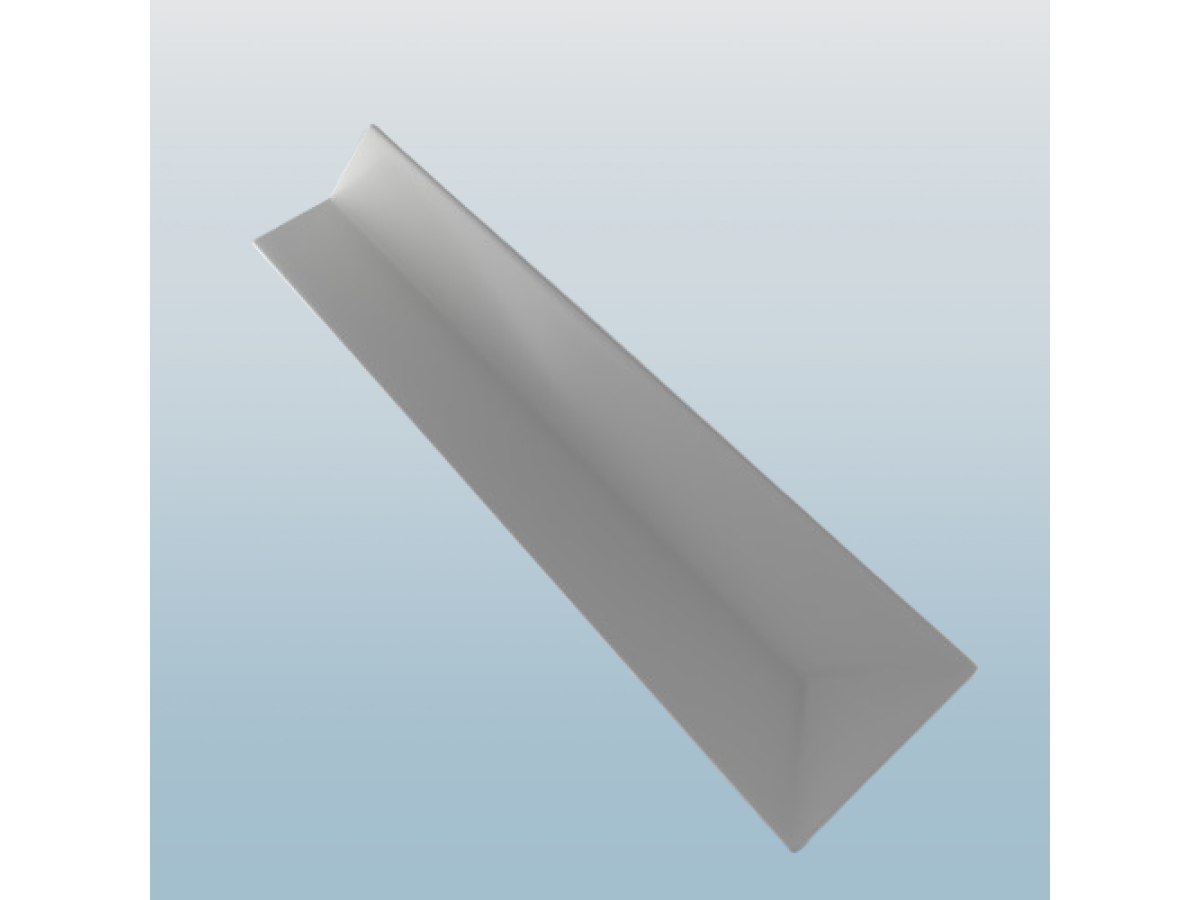Connecting aluminum angles is an important step in many construction and finishing tasks, requiring special attention to detail and the right approach. Professionals who have been working with this material for years have accumulated valuable experience that we will share with you today. Properly connecting angles not only ensures the reliability of the structure but also affects its appearance and durability.
Before starting to connect aluminum angles, it is necessary to decide on the fastening method. The choice of connection method depends on several factors: the purpose of the structure, operating conditions, appearance requirements, and available tools. It is important to understand that aluminum is a unique material that requires a specific approach due to its physical properties.
Methods of Connecting the Material
The main methods for connecting aluminum angles include:
- Argon welding – the strongest and most durable method, providing a monolithic connection. Used for creating load-bearing structures.
- Riveting – allows for a strong connection without thermal effects, suitable for structures exposed to vibrations.
- Special connectors – provide quick and precise connections without welding or riveting.
- Bolted connections – a universal method that allows for disassembly when necessary.
- Gluing with special compounds – suitable for lightweight structures and decorative elements.
- Combined method – a combination of several techniques to achieve optimal results. • Soldering – used for thin and small parts.
- Screws – used for fastening lightweight structures and securing angles to other materials.
When choosing a connection method, professionals first assess the loads the structure will experience. For load-bearing elements, welding or riveting is preferable, while for decorative elements, less durable but simpler methods can be used.
Argon welding is considered one of the most reliable methods for connecting aluminum angles. This method provides an almost monolithic connection but requires special equipment and certain skills. Before welding, surfaces must be thoroughly cleaned and degreased. It is important to note that aluminum may deform during welding due to its high thermal conductivity.
Riveting is the second most popular method among professionals. This method does not require expensive equipment and allows for a reliable connection. When riveting, it is important to choose the right size and material for the rivets and to maintain the necessary spacing between them for even load distribution.
Preparing the Material for Connection
What to consider when preparing to connect aluminum angles:
- Before connecting, it is necessary to thoroughly clean the surfaces of the angles from dirt, grease, oxides, and other contaminants. This ensures a reliable bond between materials and prevents corrosion.
- Accurate marking is the key to precise and neat connections. Clearly mark the spots for welding, drilling holes, or applying glue.
- Prepare all necessary tools: welding machine, drill, angle grinder, pliers, soldering iron, etc., depending on the chosen connection method.
- The selected connection method must match the conditions in which the structure will operate (temperature, humidity, loads).
- Ensure that all materials used are compatible with each other and with aluminum.
- When working with aluminum and chemicals, always use protective goggles, gloves, and a respirator.
Other Connection Methods
Using special connectors is a modern method of connecting aluminum angles that is becoming increasingly popular. Connectors allow for the creation of detachable structures and provide an aesthetically pleasing appearance. This method is especially relevant for creating exhibition stands, lightweight partitions, and furniture.
Bolted connections require special attention to the choice of fastening elements. It is important to use bolts and nuts made from materials that do not cause electrochemical corrosion when in contact with aluminum. Stainless steel or galvanized fasteners with protective washers are most commonly used.
Gluing with special compounds is primarily used for decorative elements or when a hermetic connection is needed. Modern adhesive formulations provide high strength connections but require strict adherence to application technology and polymerization time.
The combined method, which combines several connection techniques, is often used in complex structures. For example, preliminary fixation with glue followed by riveting or combining bolted connections with adhesive compounds allows for maximum reliability.

